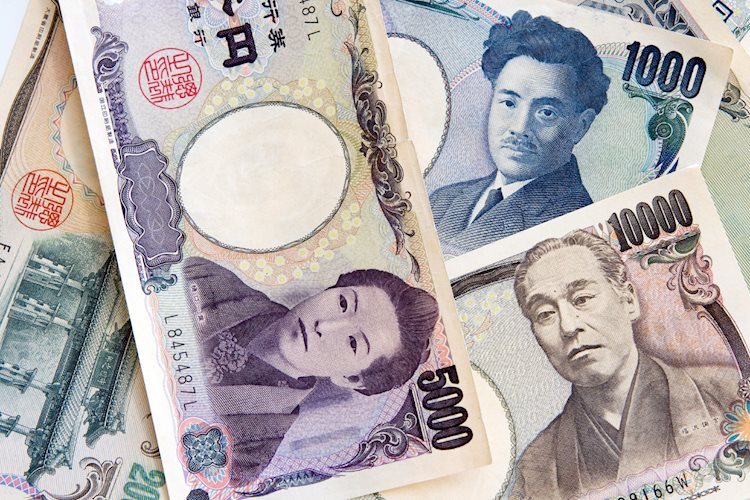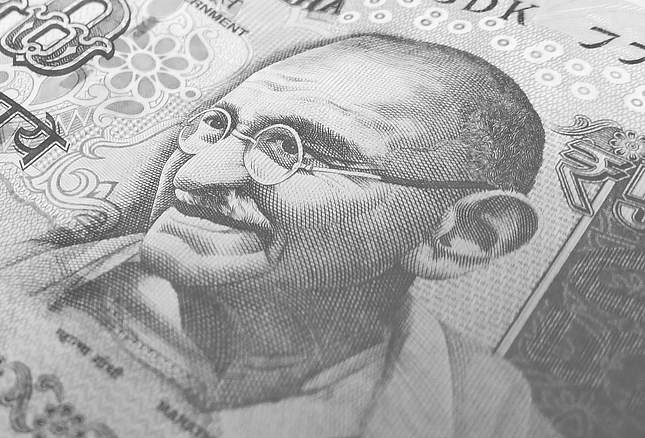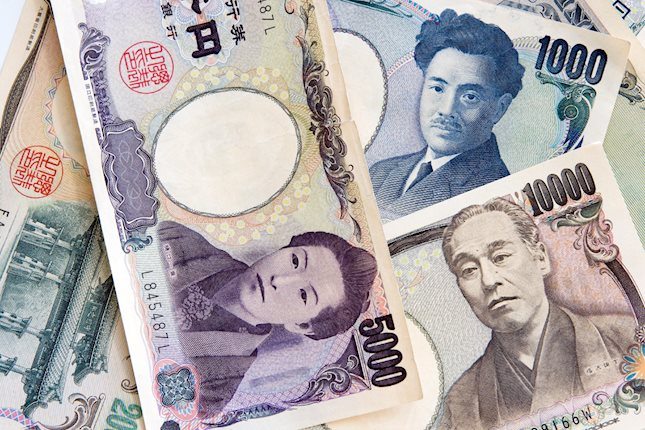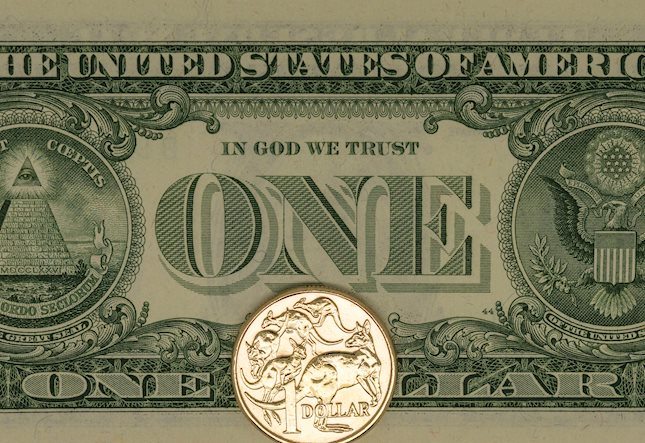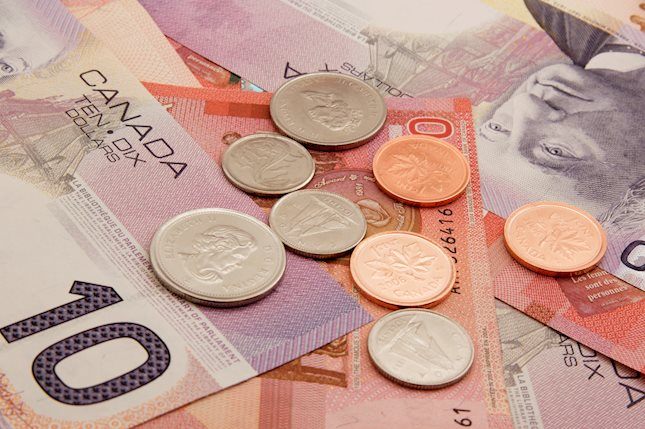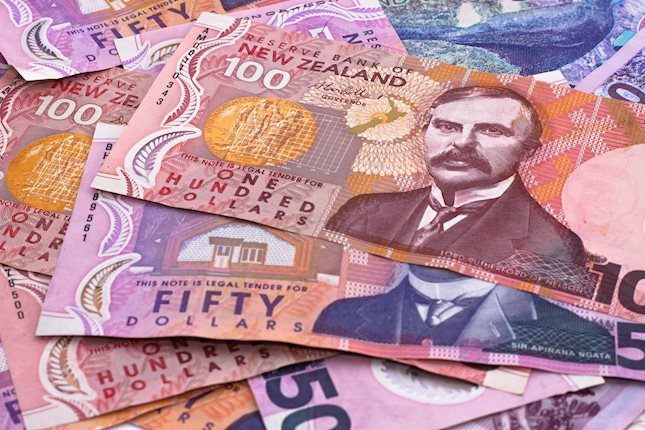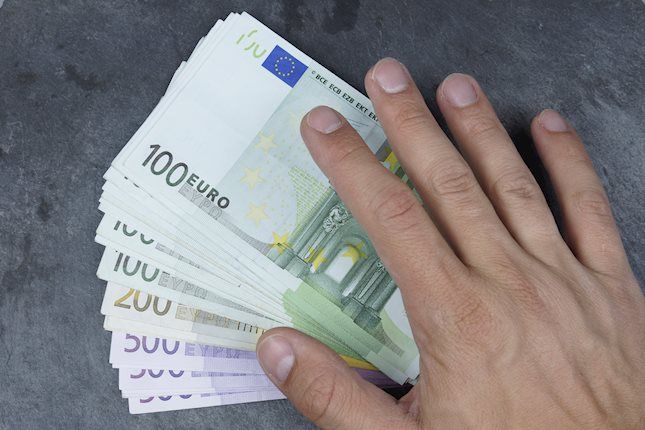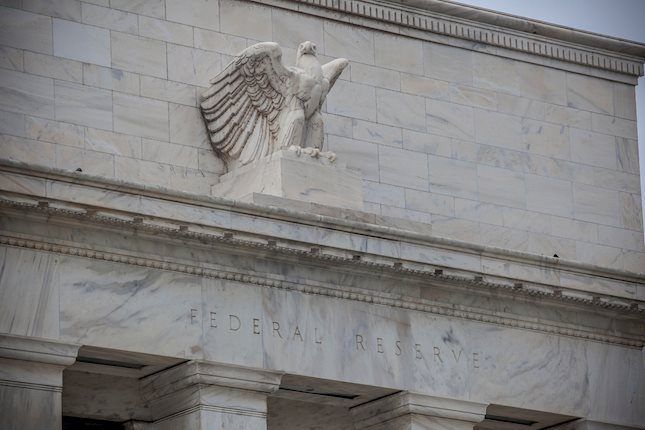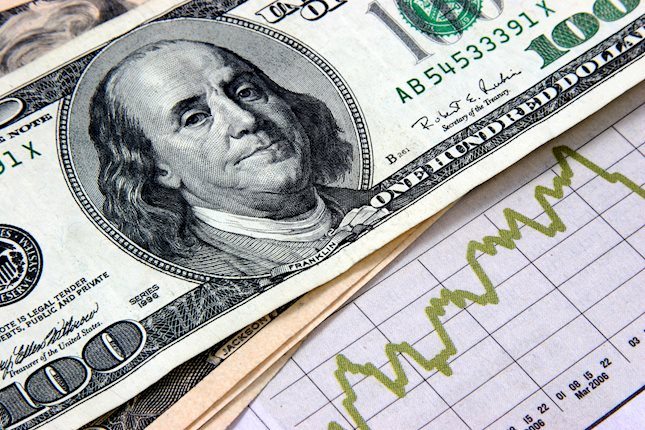Japanese Yen recovers a bit against USD, any meaningful upside remains elusive
- The Japanese Yen continues to be undermined by the uncertainty over the BoJ's rate-hike plans.
- Rising US bond yields turn out to be another factor that is weighing on the lower-yielding JPY.
- Intervention fears and a softer risk tone limit losses for the JPY, capping the upside for USD/JPY.
The Japanese Yen (JPY) hit a fresh low level since late July against its American counterpart on Tuesday, albeit it lacks follow-through selling amid fears of a possible government intervention. Apart from this, a modest US Dollar (USD) downtick fails to assist the USD/JPY part to capitalize on its modest intraday uptick to levels beyond the 151.00 round-figure mark. That said, any meaningful JPY appreciation still seems elusive in the wake of the uncertainty over the Bank of Japan's (BoJ) rate-hike plans and ahead of Japan's general election on October 27.
Meanwhile, bets for a less aggressive policy easing by the Federal Reserve (Fed), along with concerns about the potential for rising deficit spending after the November 5 US Presidential election, remain supportive of elevated US Treasury bond yields. This might further contribute to capping any attempted recovery for the lower-yielding JPY and help limit the USD corrective slide, suggesting that the path of least resistance for the USD/JPY pair is to the upside. Traders now look to Philadelphia Fed President Patrick Harker's speech for some impetus.
Daily Digest Market Movers: Japanese Yen intervention fears help limit losses, bearish potential seems intact
- The Japanese Yen has attracted some buyers on Tuesday amid speculations about possible government intervention, especially after the recent fall below the 150.00 psychological mark against its American counterpart.
- Japan's vice finance minister for international affairs, Atsushi Mimura, said last Friday that excess volatility in the FX market is undesirable and that authorities are closely watching FX moves with a high sense of urgency.
- The Bank of Japan Governor Kazuo Ueda signaled last week that the central bank is not in a rush to raise interest rates further and emphasized the need to focus on the economic impact of unstable markets and overseas risks.
- Furthermore, dovish comments from Japanese Prime Minister Shigeru Ishiba add a layer of uncertainty over the new political leadership's preference for the monetary policy, which is likely to act as a headwind for the JPY.
- Meanwhile, the US Dollar jumped to its highest level since early August amid growing conviction that the Federal Reserve will proceed with modest rate cuts over the next year as the US economy remains relatively healthy.
- Dallas Fed President Lorie Logan said on Monday that she expects gradual rate cuts if the economy meets forecasts and that the US central bank will need to be nimble with monetary policy choices amid risks to inflation target.
- Separately, Minneapolis Fed President Neel Kashkari noted that investors should expect a modest pace of rate cuts over the next few quarters, though evidence of quick labor market weakening could lead to faster rate cuts.
- Adding to this, Kansas Fed President Jeffrey Schmid said that the US central bank must prevent significant fluctuations in interest rates and urged careful, steady, and purposeful methods for reducing interest rates.
- Meanwhile, expectations that Donald Trump's win in the November 5 US Presidential election could see the launch of further potentially inflation-generating tariffs triggered the overnight selloff in US government debt.
- The yield on the rate-sensitive 2-year US government bond closed at its highest since August 19 on Monday, while the benchmark 10-year US Treasury yield touched the highest since July 26, underpinning the US Dollar.
Technical Outlook: USD/JPY bulls might now wait for sustained strength and acceptance above 151.00
From a technical perspective, any subsequent slide now seems to find immediate support near the 150.30-150.25 region ahead of the 150.00 psychological mark. A convincing break below the latter could make the USD/JPY pair vulnerable to an accelerated drop further towards the 149.65-149.60 intermediate support en route to the 149.10-149.00 area. Some follow-through selling will suggest that the positive move witnessed over the past month or so has run its course and shift the near-term bias in favor of bearish traders.
On the flip side, bulls might now wait for a sustained strength above the 151.00 mark before placing fresh bets. Given that oscillators on the daily chart are holding comfortably in positive territory, the USD/JPY pair might then climb to the 151.60 area before aiming to reclaim the 152.00 round figure. The momentum could extend further towards the 152.65-152.70 region en route to the 153.00 mark.
Fed FAQs
Monetary policy in the US is shaped by the Federal Reserve (Fed). The Fed has two mandates: to achieve price stability and foster full employment. Its primary tool to achieve these goals is by adjusting interest rates. When prices are rising too quickly and inflation is above the Fed’s 2% target, it raises interest rates, increasing borrowing costs throughout the economy. This results in a stronger US Dollar (USD) as it makes the US a more attractive place for international investors to park their money. When inflation falls below 2% or the Unemployment Rate is too high, the Fed may lower interest rates to encourage borrowing, which weighs on the Greenback.
The Federal Reserve (Fed) holds eight policy meetings a year, where the Federal Open Market Committee (FOMC) assesses economic conditions and makes monetary policy decisions. The FOMC is attended by twelve Fed officials – the seven members of the Board of Governors, the president of the Federal Reserve Bank of New York, and four of the remaining eleven regional Reserve Bank presidents, who serve one-year terms on a rotating basis.
In extreme situations, the Federal Reserve may resort to a policy named Quantitative Easing (QE). QE is the process by which the Fed substantially increases the flow of credit in a stuck financial system. It is a non-standard policy measure used during crises or when inflation is extremely low. It was the Fed’s weapon of choice during the Great Financial Crisis in 2008. It involves the Fed printing more Dollars and using them to buy high grade bonds from financial institutions. QE usually weakens the US Dollar.
Quantitative tightening (QT) is the reverse process of QE, whereby the Federal Reserve stops buying bonds from financial institutions and does not reinvest the principal from the bonds it holds maturing, to purchase new bonds. It is usually positive for the value of the US Dollar.
Forex News
Keep up with the financial markets, know what's happening and what is affecting the markets with our latest market updates. Analyze market movers, trends and build your trading strategies accordingly.
